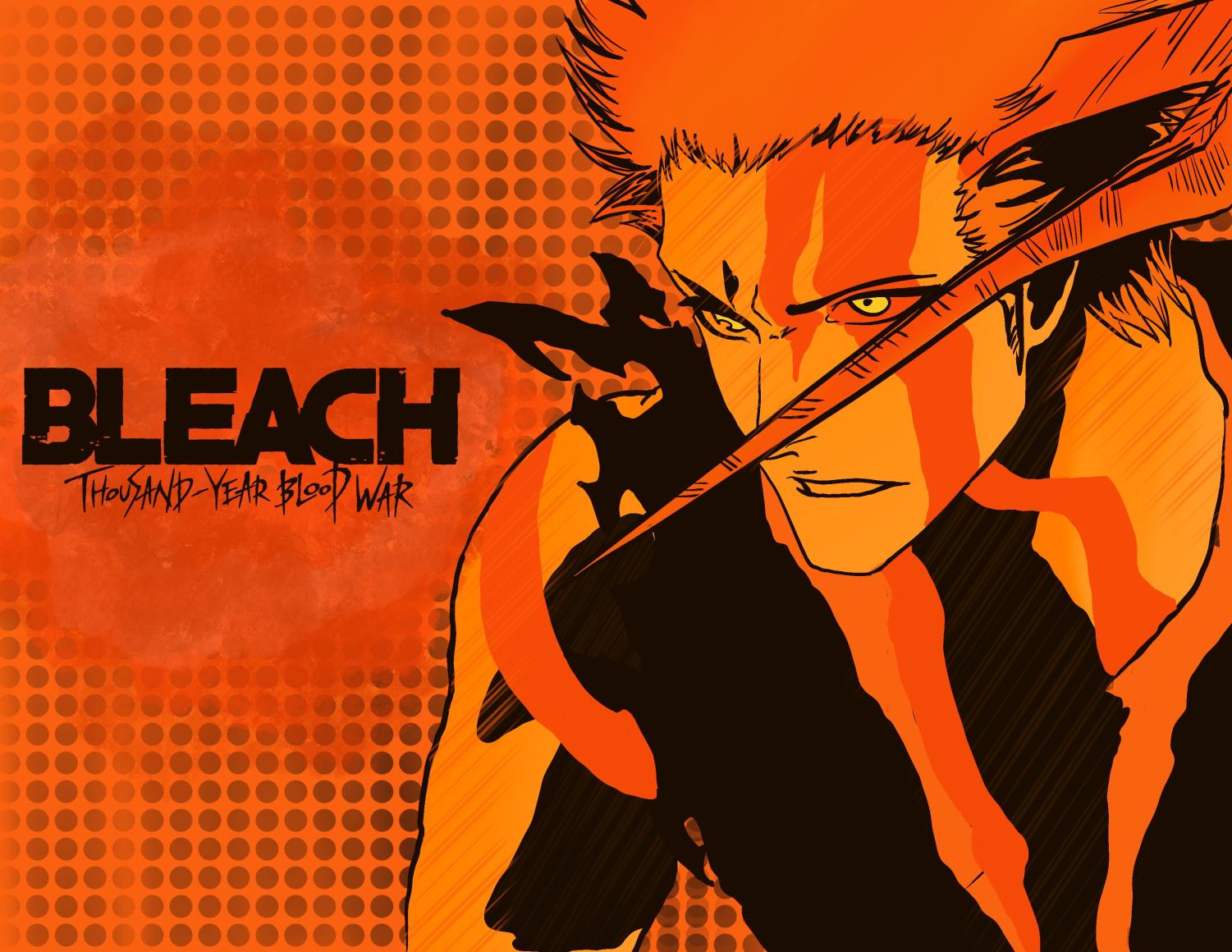A decade. It took ten years and seven months for “Bleach” to finally return to our screens, and on Oct. 11, it finally happened.
“Bleach,” based on the manga series with the same name by Tite Kubo, is one of the greatest Japanese anime television series of all time. The last streamed season ended in March 2012, leaving the series unfinished as the final arc never left the pages of Kubo’s drawings.
Since, there have been many talks and empty promises made by its animation studio, Studio Pierrot, about its inevitable return. Alongside other anime classics like “Naruto” and “One Piece,” “Bleach” raised a whole generation of fans from all over the world.
I am a member of that generation. That’s why since the original announcement by the manga-magazine Weekly Shonen Jump in 2020, I am one of many who have been patiently waiting for the last arc to be finally animated. I didn’t have much hope. Anyone who watches anime can attest that animation studios are rarely able to keep their promised release dates even if it’s not their fault, as they are known to be severely understaffed and underfunded, but I digress.
This time luck was on our side, and in December 2021, fans got the first look of the trailer as well as the name, “Bleach: The Thousand Year Blood War.”
Despite the manga exceeding 500 chapters, “Bleach” as a series was always known for incorporating side stories, known as fillers, that did not align with the original storyline. The scenes were simply used to fill the time, as the publication dates of the series and the manga often got out of sync.
For those who hate this system, I have good news. Currently, there are no fillers planned for the final season and, as the site EpicStream confirmed, it will run for a total of 52 episodes over the next few months.
Ten years is a long time and the majority of the original viewers are now older with higher expectations. Speculations and debates have flooded social media sites like Reddit and Twitter months before the official release, as the fandom slowly awoke from its long slumber.
Kubo himself confirmed in his recent interview to VIZ Media’s YouTube channel, that the anime will be different from the original series, especially the coloring and animation style, which was already obvious from the graphics in the trailer.
However, Kubo also said there are some big changes to the way the story develops, as he said he no longer has to worry about scenes being cut for being deemed too heavy, as was common practice ten years ago. And from watching the first episode, I would argue it’s a development for the better.
Unlike U.S. book-to-movie adaptations, anime series tend to stick to the manga practically panel by panel. As someone who has read the “Bleach” manga more times than I’ll admit, I thought there was nothing about this series that could surprise me anymore. Oh, how wrong I was.
Even though the first episode follows the manga chapters exactly, it was still refreshing to hear the full original voice cast return to their roles and bring the characters back to life once again.
Kubo and the Studio Pierrot animation team fulfilled their promise, as even the first 20 minutes of the series set a much heavier tone than the previous seasons did. This, in my opinion, is a win for the original fans that have since entered adulthood and can stomach gorier images than the original series showed. Naturally, there have already been complaints made all over Twitter and Reddit. Some fans said there was no need for any change, but I will have to disagree.
Watching a series I grew up on once again brought back a crushing wave of nostalgia. Remember the meme of the guy watching the first Marvel Cinematic Universe movie as a kid, and then the last movie as an adult, yet his smile is the same in both pictures? That’s what watching the first episode of “Bleach” felt like, despite the changes to the animation and tone.
“Bleach” was a member of the original “Big Three,” the three most popular and highest-grossing anime of the golden age 2000s period. It looks like it’s once again coming to claim its rightful place as one of the greatest, this time streaming on huge platforms like Disney+ (outside of Asia) and Hulu (in the United States), reaching a much wider audience than ever before.
In my opinion, and I do warn that the opinion is heavily biased, it’s definitely worth checking out.
